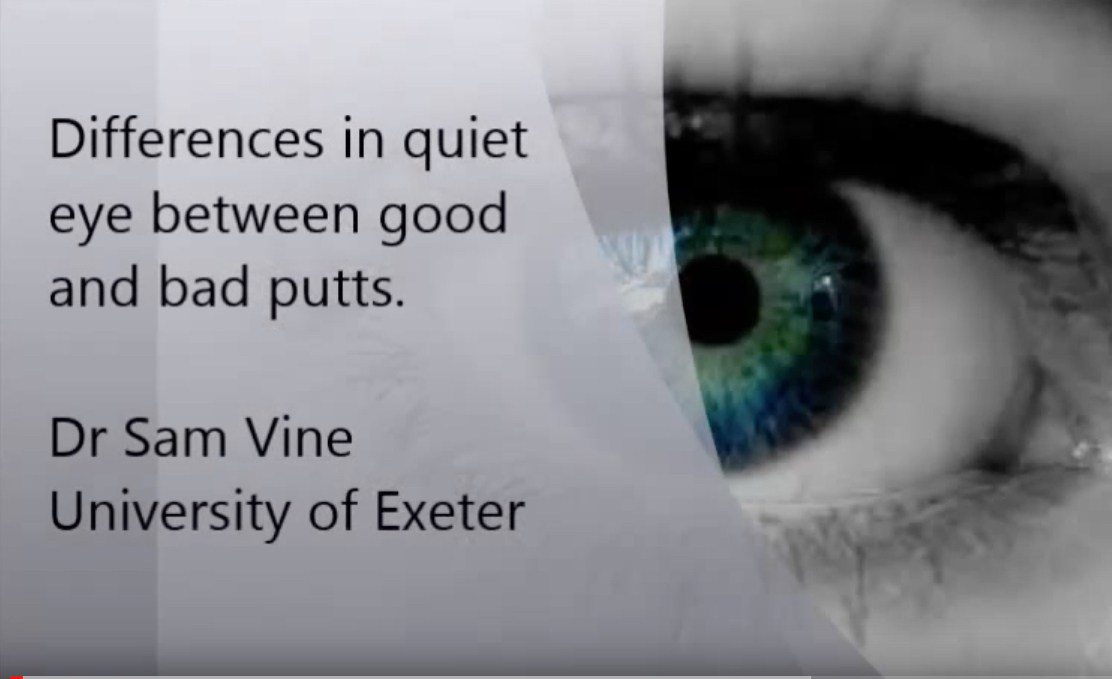

- #Driver Improvement Interview drivers
- #Driver Improvement Interview driver
- #Driver Improvement Interview trial
- #Driver Improvement Interview plus
#Driver Improvement Interview driver
Intervention: Group meeting following the UDIS curriculum, which had an emphasis on discussion (n=1776).Ĭontrol: This group did not undergo any driver education, however, did receive the regular court disposition (usually a fine) (n=1768).Īfter 12 months, crashes and traffic offences as appearing on file at the DMV. Participants were 17 to 50 years of age, had held a Californian driving licence for a minimum of one year and had at least one prior traffic offence (n=3544). Intervention: Driver education on an individual basis in the form of the counselling segment of the Wisconsin Driver Improvement Programme (n=84,300).Ĭontrol: This group was not notified for counselling (n=10,768).Īfter 12 months, the number of participants who were involved in a crash or committed a traffic offence, in each group.Īllocation concealment: Allocation was carried out by a traffic court judge on an odd‐even basis as defined by the last digit of each participants' driving licence number.ĭrivers who had appeared in traffic court as a result of a recent traffic offence, from the areas of either Richmond, Stockton, San Diego or Los Angeles in California. However, no such constraint was imposed on those receiving treatment.
#Driver Improvement Interview drivers
The assignment of drivers to the control group was conditional on them having no previous TSS experience. Wisconsin state drivers who had accumulated 7 to 11 points in a 12 month period or were about to have their licences reinstated following revocation or suspension (n=95,068). Loss to follow‐up: This was not reported.īlinding of outcome assessment: Unclear from the report. The records of drivers who were assigned to, but did not attend the group meeting, remained in the analysis.Īllocation concealment: The control group was created by 'randomly selecting ten percent of the eligible target group', as defined by every tenth name from the list of eligible drivers.

The outcome data were obtained from the participants' main DMV files. Intervention: Group driver improvement meeting, the aim of which was to 'sell' safe driving (n=1440).Ĭontrol: This group was not contacted in any way (n=610).Īfter 12 months the number of participants who were involved in a crash or committed a traffic offence, in each group. Participants resided in the Californian metropolitan areas of either Fresno, Los Angeles, Oakland or Sacramento (n=2050). The participant numbers refer to the number of those who had their records analysed.īlinding of outcome assessment: Adequate.ĭrivers who had accumulated four 'negligent operator points' in the 12 months prior to 1962 and had not been previously contacted by the DMV as part of the negligent operator control programme. Of the originally assigned drivers, those who did not attend the group meeting (approximately one in three) were not included in the analysis.

#Driver Improvement Interview plus
The aim was to 'sell' the need for good driving habits and involved discussion of the general factors leading to poor driving (n=244).Ĭontrol: This group received no form of driver education (n=196).Īfter 24 months, the number of participants who had been involved in a crash, plus the total number of crashes and traffic offences for each group. Intervention: Group driver improvement meeting, lasting one hour.
#Driver Improvement Interview trial
Allocation concealment: The method of allocation was not reported.īlinding of outcome assessment: Unclear from the trial report.ĭrivers who were eligible for 'driver improvement effort' in California, during December 1958 and March 1959 (n= 440).


 0 kommentar(er)
0 kommentar(er)
